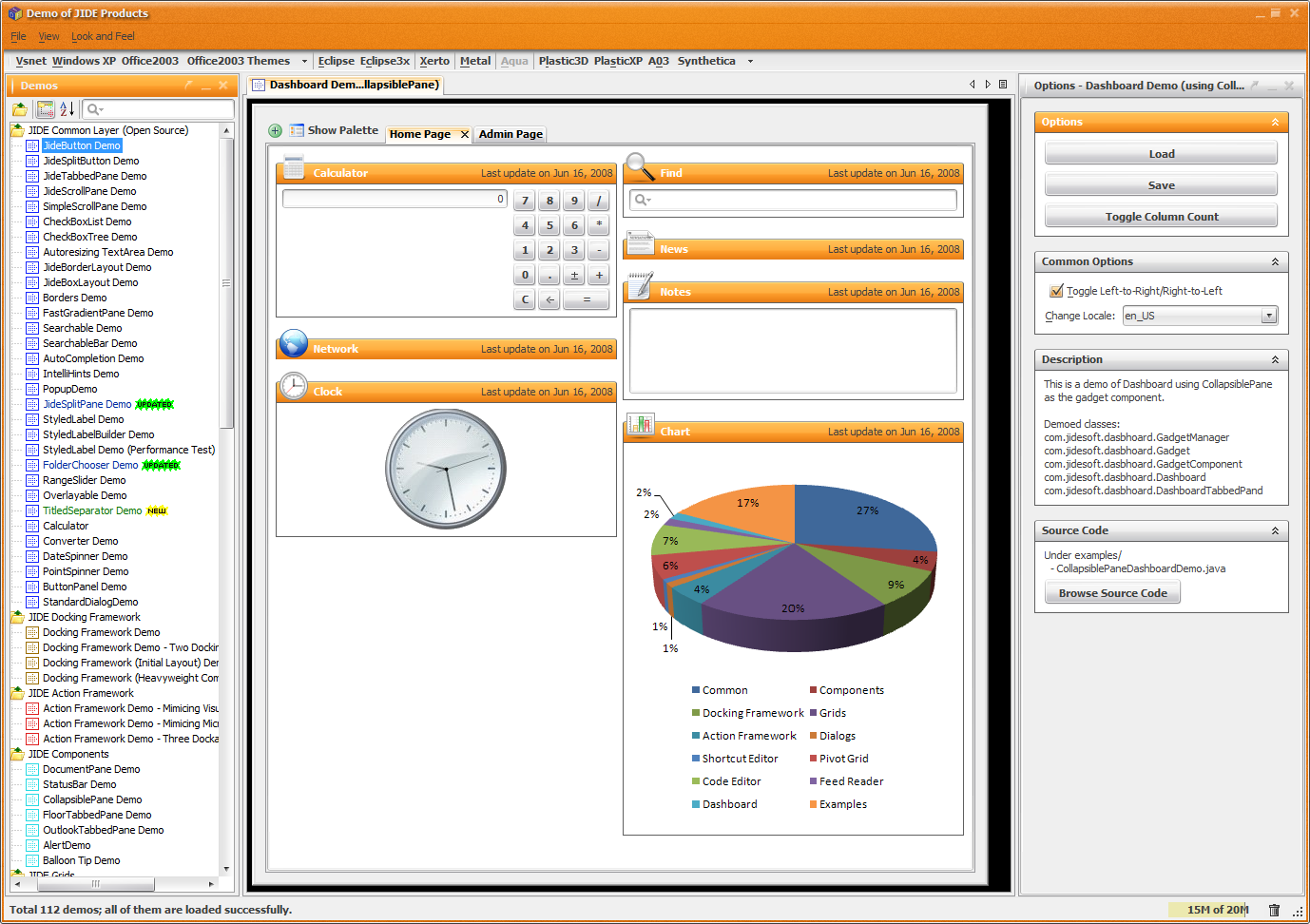
In addition to glucosinolates, cruciferous plants produce thioglucosidase enzymes known as myrosinases that catalyze glucosinolate hydrolysis ( Rask et al., 2000). A recent review lists up to 137 natural glucosinolates described based on the variability at the R group ( Blažević et al., 2020), with these being classifiable according to the precursor amino acid from which they are derived, such as aliphatic (e.g., from Met, Ala, and Val), benzenic (Phe and Tyr), and indolic (Trp). The core chemical structure of glucosinolates ( Figure 1) consists of a β-thioglucose residue, a sulfonated oxime moiety, and a variable amino acid-derived side chain group R ( Halkier and Gershenzon, 2006). These plants have distinctive tastes and smells that are conferred in great part by hydrolysis products from glucosinolates, also called mustard oils ( Halkier, 2016).

The family Brassicaceae of this order (mustard family) includes many economically important oilseed, vegetable, condiment, and fodder crops, such as rapeseed, cabbages, and mustards, as well as the model plant Arabidopsis thaliana (L.) Heynh. Glucosinolates are sulfur-containing defensive metabolites restricted to the plant order Brassicales. Here, we examine the biochemical basis of one such detoxification in the silverleaf whitefly Bemisia tabaci (Gennadius) (Hemiptera): the desulfation of glucosinolates to form derivatives that can no longer be activated. Nevertheless, even piercing–sucking feeding leads to some activation of glucosinolates ( Kim et al., 2008 Danner et al., 2018), so that detoxification strategies preventing activation of two-component defenses can be greatly advantageous to phloem-feeding insects. Piercing–sucking, phloem-feeding insects, such as aphids and whiteflies, are thought to lessen plant defensive responses by causing only minimal damage during feeding, stealthily penetrating plant tissues to feed on the sugar-rich phloem sap. Multi-component plant defenses like this, however, offer herbivores multiple targets for counter-adaptation, including mechanisms to prevent or redirect activation, or detoxify the activated poisons ( Pentzold et al., 2014 Jeschke et al., 2016b). These glucosylated pro-toxins are stable and only become toxic after enzymatic activation coincident with herbivore damage. One successful defense strategy used to safely accumulate large concentrations of defensive compounds while preventing auto-toxicity is the production of two-component activated defenses, such as cyanogenic glucosides and glucosinolates ( Halkier and Gershenzon, 2006 Mithöfer and Boland, 2012). Plants rely on a complex arsenal of toxic chemicals to defend themselves against herbivores and pathogens. Our findings expand the knowledge on the biochemistry of glucosinolate detoxification in phloem-feeding insects and suggest how detoxification pathways might facilitate plant colonization in a generalist herbivore.

tabaci GSS gene via RNA interference led to lower levels of desulfoglucosinolates in honeydew. In vivo silencing of the expression of the B. tabaci might use this detoxification strategy specifically against indolic glucosinolates since plants may preferentially deploy indolic glucosinolates against phloem-feeding insects.

In in vitro assays, this sulfatase showed a clear preference for indolic glucosinolates compared with aliphatic glucosinolates, consistent with the greater representation of desulfated indolic glucosinolates in honeydew. In this study, we identified and characterized an enzyme responsible for glucosinolate desulfation in the globally distributed B. This strategy is a major glucosinolate detoxification pathway in a phloem-feeding insect, the silverleaf whitefly Bemisia tabaci, a serious agricultural pest of cruciferous vegetables.

Some herbivores are known to circumvent glucosinolate activation with glucosinolate sulfatases (GSSs), enzymes that convert glucosinolates into inactive desulfoglucosinolates.


 0 kommentar(er)
0 kommentar(er)
